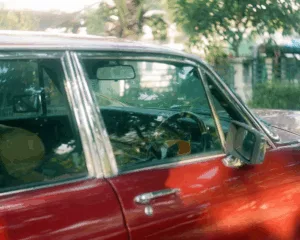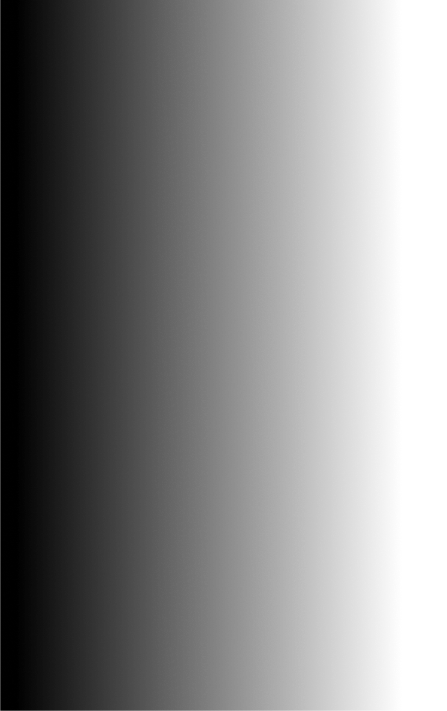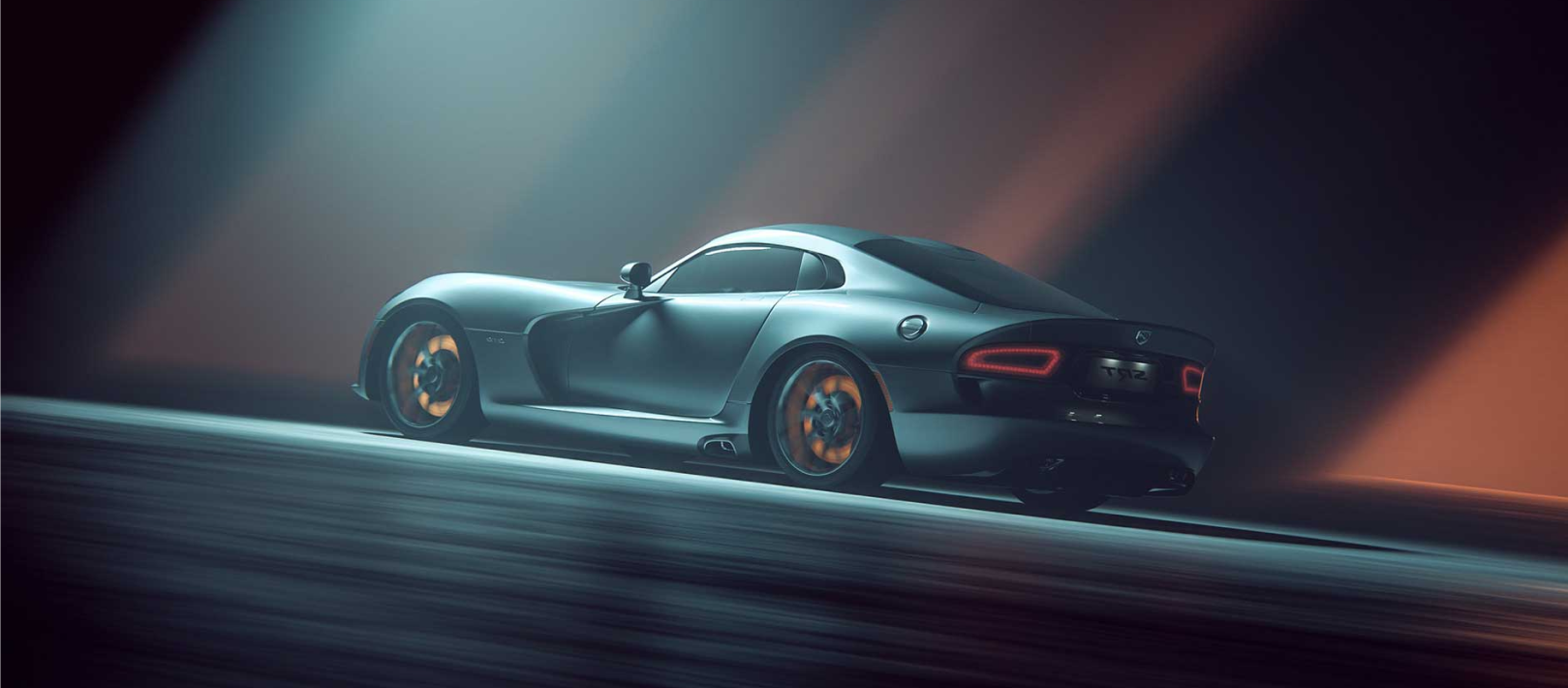Window Tint Laws for Pennsylvania 2025 – Everything You Need to Know
Window Tint Laws for Pennsylvania
In Pennsylvania, window tinting is a popular upgrade that adds comfort, privacy, and style to your vehicle. But if you want to stay on the right side of the law, it’s essential to understand what’s legal and what’s not in 2025. Pennsylvania’s window tint laws can vary depending on your vehicle type, the window being tinted, and whether you qualify for a medical exemption.
This guide breaks down everything you need to know about window tint legality in Pennsylvania and how TERMINAX can help you stay compliant while enjoying all the benefits of high-performance window film.

What Is VLT and Why Does It Matter?
VLT stands for Visible Light Transmission, which is the percentage of visible light that passes through your window glass and tint film combined.
- A higher VLT (e.g., 70%) means more light passes through, resulting in a lighter tint.
- A lower VLT (e.g., 20%) means less light passes through, creating a darker tint.
Pennsylvania sets minimum VLT limits based on vehicle type and window location, meaning your tint cannot be darker than the state-allowed percentage.
Tint Laws for Passenger Cars in Pennsylvania
If you own a sedan, coupe, or hatchback registered as a passenger car, Pennsylvania has strict VLT rules you must follow.
- Windshield: Must allow more than 70% of light in. A non-reflective tint strip is allowed on the top 3 inches.
- Front Side Windows: Must allow at least 70% VLT.
- Rear Side Windows: Must also allow at least 70% VLT.
- Rear Windshield: Minimum 70% VLT required.
- Reflectivity: Reflective or metallic tints are prohibited.
- Side Mirrors: Dual mirrors are required if rear window tint is applied.
- Compliance Stickers: The tint film should display a manufacturer’s compliance label (VESC-20), but installer certification is not mandatory.
If you’re driving a passenger vehicle, all side and rear windows must be light enough to meet the 70% standard.
Tint Laws for Multi-Purpose Vehicles (MPVs)
Drivers of multi-purpose vehicles—such as SUVs, vans, and trucks—are allowed more freedom when it comes to tinting rear windows.
- Windshield: Must allow more than 70% VLT. A non-reflective top strip of up to 3 inches is allowed.
- Front Side Windows: Must allow at least 70% VLT.
- Rear Side Windows: No VLT limit—any darkness is permitted.
- Rear Windshield: No VLT limit—any darkness is permitted.
- Reflectivity: Metallic or mirrored tints are not allowed.
- Side Mirrors: Required if the rear window is tinted.
- Compliance Stickers: VESC-20 sticker recommended for verification.
So, if you own an SUV or van, you can legally apply darker tints to rear windows, including 20% or even 5% VLT, as long as your front windows remain within the legal limit.
Medical Exemptions in Pennsylvania
Pennsylvania law allows for medical exemptions to standard tint regulations, but the rules are specific:
- You must have a qualifying medical condition that makes you sensitive to light, such as lupus, porphyria, or other conditions affecting light sensitivity.
- A licensed physician or optometrist must certify the condition and complete a PennDOT form.
- The form is submitted to the PennDOT Medical Advisory Board for approval.
- Approved drivers may use colorless, UV-filtering films that offer sun protection while appearing untinted.
- The exemption certificate must be carried in the vehicle at all times.
Note: Pennsylvania’s exemption applies only to colorless films. You cannot use dark or colored films even with a medical exemption.
Penalties for Illegal Window Tint in Pennsylvania
Tint that doesn’t comply with state law can lead to various consequences:
- Fines: Violators may face fines of up to $110 per incident.
- Fix-it Tickets: You may be required to remove the illegal tint and provide proof of correction.
- Inspection Failure: Though Pennsylvania removed tint checks from safety inspections in 1996, law enforcement can still issue citations if tint appears too dark.
- City-Specific Enforcement: In areas like Philadelphia, police may ticket even parked vehicles with illegal tint.
Repeated violations can lead to larger fines or additional penalties, especially if the tint causes visibility or safety issues.
Summary Table: Pennsylvania Window Tint Limits
| Vehicle Type | Window | Legal VLT | Notes |
| Passenger Car | Windshield | >70% | 3″ tint strip allowed |
| Passenger Car | Front Side Windows | ≥70% | No darker tint allowed |
| Passenger Car | Rear Side Windows | ≥70% | Must be non-reflective |
| Passenger Car | Rear Windshield | ≥70% | Dual mirrors required if tinted |
| MPV (SUV, Truck, Van) | Windshield | >70% | 3″ tint strip allowed |
| MPV | Front Side Windows | ≥70% | Same as passenger vehicles |
| MPV | Rear Side Windows | Any darkness | No VLT limit |
| MPV | Rear Windshield | Any darkness | Dual mirrors required if tinted |
Choosing a Compliant Tint Film with TERMINAX
If you want the benefits of window tint without the risk of violations, TERMINAX is the go-to brand for compliance and performance.
Why TERMINAX?
- Multiple VLT Options: Available in 70%, 50%, 35%, 20%, and 5% to meet your specific needs.
- Non-Metallic and Non-Reflective: Fully compliant with Pennsylvania law.
- Advanced UV Protection: Blocks over 99% of harmful UV rays.
- Heat Reduction: Keeps your cabin cooler and more comfortable.
- Medical Tint Solutions: Offers clear UV-filtering films approved for medical exemption use.
- Compliance Label Support: Includes VESC-20 labels for added peace of mind.
Whether you need a barely-there 70% tint for your sedan or a privacy-grade 20% film for the rear of your SUV, TERMINAX offers a legal, high-performance solution tailored to your vehicle and lifestyle.
How to Stay Legal with Window Tint in PA
Follow these steps to avoid unnecessary fines and ensure your tint is fully compliant:
- Know Your Vehicle Type: Tint rules differ for passenger cars and MPVs.
- Measure VLT: Make sure the film allows enough light based on window location.
- Avoid Reflective Tints: Stick to non-reflective, non-metallic options.
- Display VESC-20 Sticker: While not mandatory, it can help with inspections.
- Apply for Medical Exemption: If you have a qualifying condition, file with PennDOT and use clear films only.
- Keep Documentation: Always carry exemption certificates or tint compliance papers in your vehicle.
- Choose a Reputable Installer: Ensure your tint provider is familiar with PA law.
FAQs
Can I use 20% tint on my SUV in Pennsylvania?
Yes, as long as it’s only on the rear side windows or rear windshield. Front side windows must be 70% VLT or higher.
Are metallic tints allowed in Pennsylvania?
No. Reflective or metallic films are prohibited on all vehicles.
How do I get a medical exemption for tint?
Ask your doctor to complete the official PennDOT medical form. Once approved, you may use clear UV-filtering film and must carry your exemption certificate while driving.
Is tint checked during vehicle inspection in PA?
No, tint is no longer part of the annual vehicle inspection. However, police can still stop you and issue citations for illegal tint.
Final Thoughts
Pennsylvania’s window tint laws are clear and strictly enforced. While SUVs and trucks have more leeway with rear window tint, all vehicles must meet the 70% VLT requirement on front side windows and windshields. Reflective and metallic films are not permitted, and darker tints require a medical exemption with approval from PennDOT.
To enjoy all the benefits of window tint while staying within the law, choose TERMINAX. With a range of compliant VLT options, non-reflective materials, and superior UV protection, TERMINAX gives you peace of mind and unmatched performance on Pennsylvania roads.


